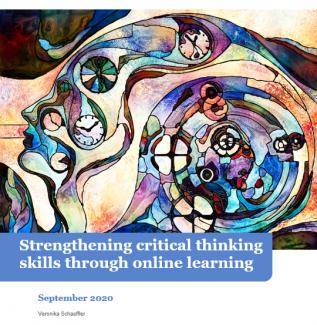
Strengthening critical thinking skills through online learning
Download publication files
In the first half of 2020, during the early months of the COVID-19 pandemic, INASP launched two adaptions of our online critical thinking course. Originally developed for higher-education students, the online critical thinking course was adapted for use by researchers, especially early-career researchers.
We launched two versions – a self-paced tutorial and a light-touch facilitated course. This paper discusses and compares the response to and engagement with the two versions.
The initial analysis of the feedback surveys shows that both the self-paced tutorial as well as the light-touch facilitated course were well accepted by a diversity of participants from the Global South. The level of difficulty seems to be adequate for a broad audience.
Pros and cons of the facilitated version and the tutorial were revealed. Participants appreciated the flexibility of the self-paced tutorial to enable them to do it completely at their own pace. However, a larger number of people completed the facilitated course in a shorter amount of time. In addition, there was greater satisfaction with the level of support in the light-touch facilitated course. It was interesting to see that even with light-touch facilitation (where engagement by INASP was limited to addressing technical issues and ensuring there was no inappropriate content) the discussion forum was lively and active, with some participants taking on informal roles in helping conversations to flow.
The COVID-19 situation motivated some people to join and complete the course, by, for example, freeing up time previously used for travel. However, some participants also faced challenges and barriers of learning, especially, for example, as a result of childcare commitments.
